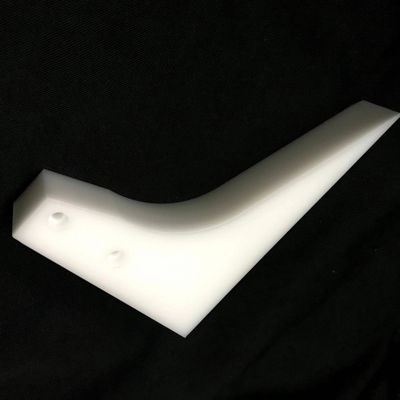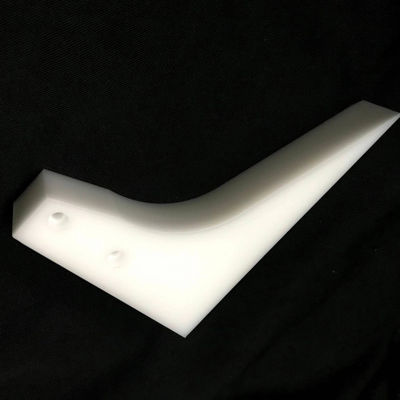
Contact me for free samples and coupons.
Whatsapp:0086 18588475571
Wechat: 0086 18588475571
Skype: sales10@aixton.com
If you have any concern, we provide 24-hour online help.
x| Name | Assembly Line Equipment Parts | Feature | Enhanced Efficiency,Easy Maintenance And Replacement |
|---|---|---|---|
| Usage | Made Assembly Line Equipment | Material | Plastic |
| Tolerance | 0.01mm | Quality Control | 100% Inspection |
| High Light | plastic Assembly Line Equipment Parts,0.01mm Tolerance Assembly Line Equipment Parts,ODM high precision metal stamping |
||
Optimize Performance Precision Made Assembly Line Equipment Parts
Assembly line equipment parts are designed to work together seamlessly, enabling efficient and automated production processes. They are manufactured to meet industry standards, ensuring reliability, durability, and compatibility with different assembly line setups. These parts play a critical role in streamlining production, improving productivity, and ensuring the quality of assembled products.
The characteristics of assembly line equipment parts can vary depending on their specific function and application. However, here are some general characteristics that are often associated with assembly line equipment parts:
-
Durability: Assembly line equipment parts are designed to withstand the demands of continuous use in industrial settings. They are typically made from materials that offer high durability, such as metals, high-strength plastics, or composite materials. This ensures that the parts can withstand the stresses, forces, and wear associated with assembly line operations.
-
Precision: Assembly line equipment parts often require precise dimensions and tolerances to ensure proper fit, alignment, and functionality. These parts are manufactured with high precision to maintain consistent performance and facilitate smooth operation within the assembly line system. Precision is particularly crucial for parts involved in positioning, alignment, and automation processes.
-
Compatibility: Assembly line equipment parts are designed to be compatible with the overall assembly line system. They are engineered to integrate seamlessly with other components, machinery, and automation systems, enabling efficient and reliable operation. Compatibility ensures that the parts can be easily installed, connected, and maintained within the assembly line setup.
-
Standardization: Many assembly line equipment parts are standardized to facilitate interchangeability and ease of replacement. Standardization allows for efficient inventory management, reduces downtime, and simplifies maintenance and repairs. Common examples of standardized parts include fasteners, connectors, bearings, and conveyor components.
-
Modular Design: Modular design is often employed in assembly line equipment parts to enhance flexibility and adaptability. Modular parts can be easily assembled, disassembled, or replaced, enabling rapid reconfiguration or modification of the assembly line system. This modularity facilitates customization, scalability, and efficient handling of different product variations or production requirements.
-
Ergonomics: Assembly line equipment parts that involve human interactions are designed with ergonomic considerations in mind. These parts aim to optimize worker comfort, safety, and efficiency. Ergonomic features may include adjustable height, easy accessibility, intuitive controls, and ergonomic grips or handles.
-
Maintenance and Serviceability: Assembly line equipment parts are often designed for easy maintenance and serviceability. They may incorporate features such as accessible inspection points, quick-release mechanisms, or replaceable components to facilitate maintenance tasks. Easy serviceability minimizes downtime, reduces maintenance costs, and ensures the longevity of the assembly line equipment.
-
Cost-Effectiveness: Assembly line equipment parts are typically designed to provide cost-effective solutions for industrial automation. They aim to balance performance, durability, and functionality while considering cost constraints. This may involve optimizing material usage, manufacturing processes, or leveraging standardized components to achieve cost-efficient solutions.
These characteristics contribute to the overall effectiveness, efficiency, and reliability of assembly line equipment parts. By meeting these criteria, these parts enable smooth, accurate, and productive assembly line operations.





